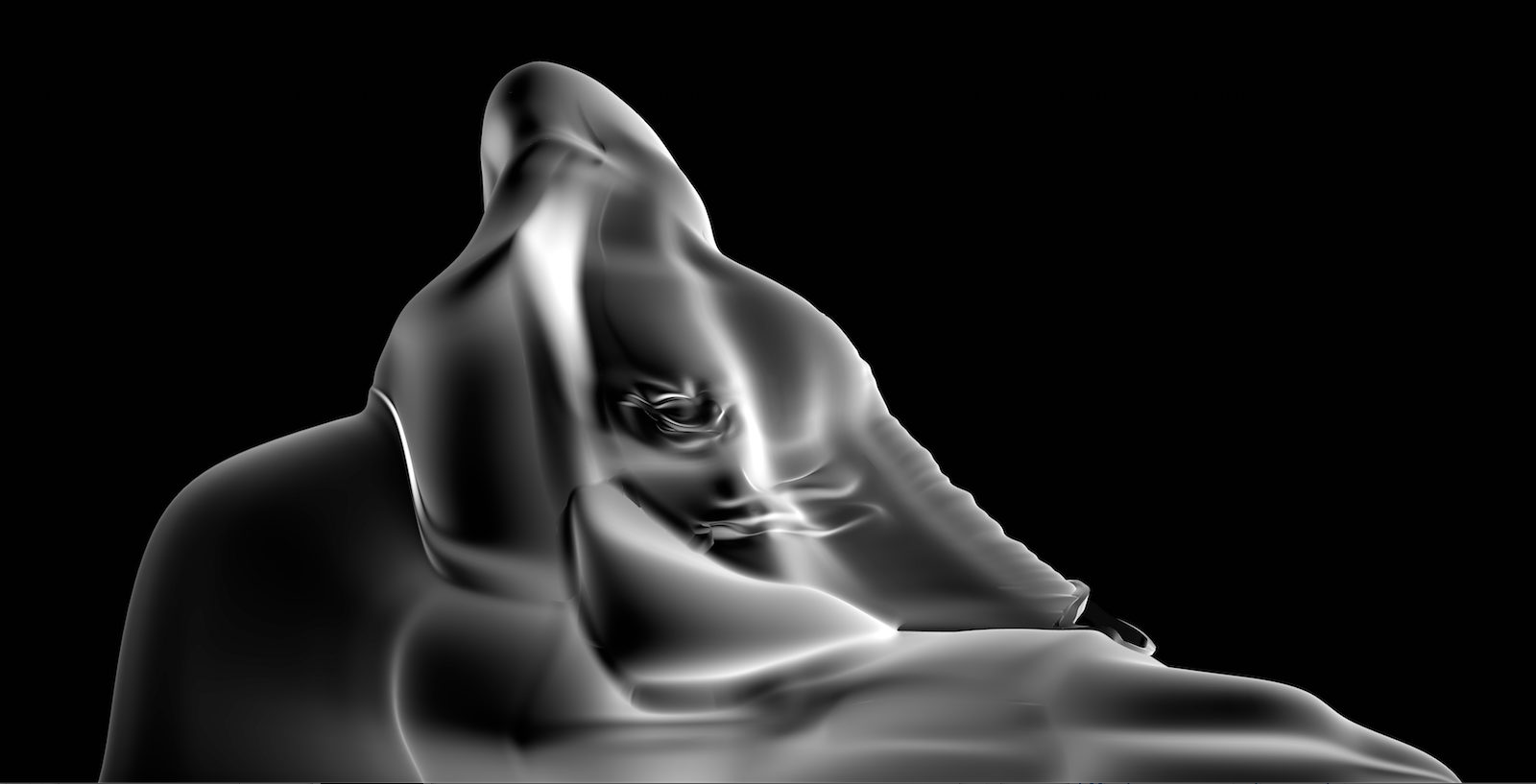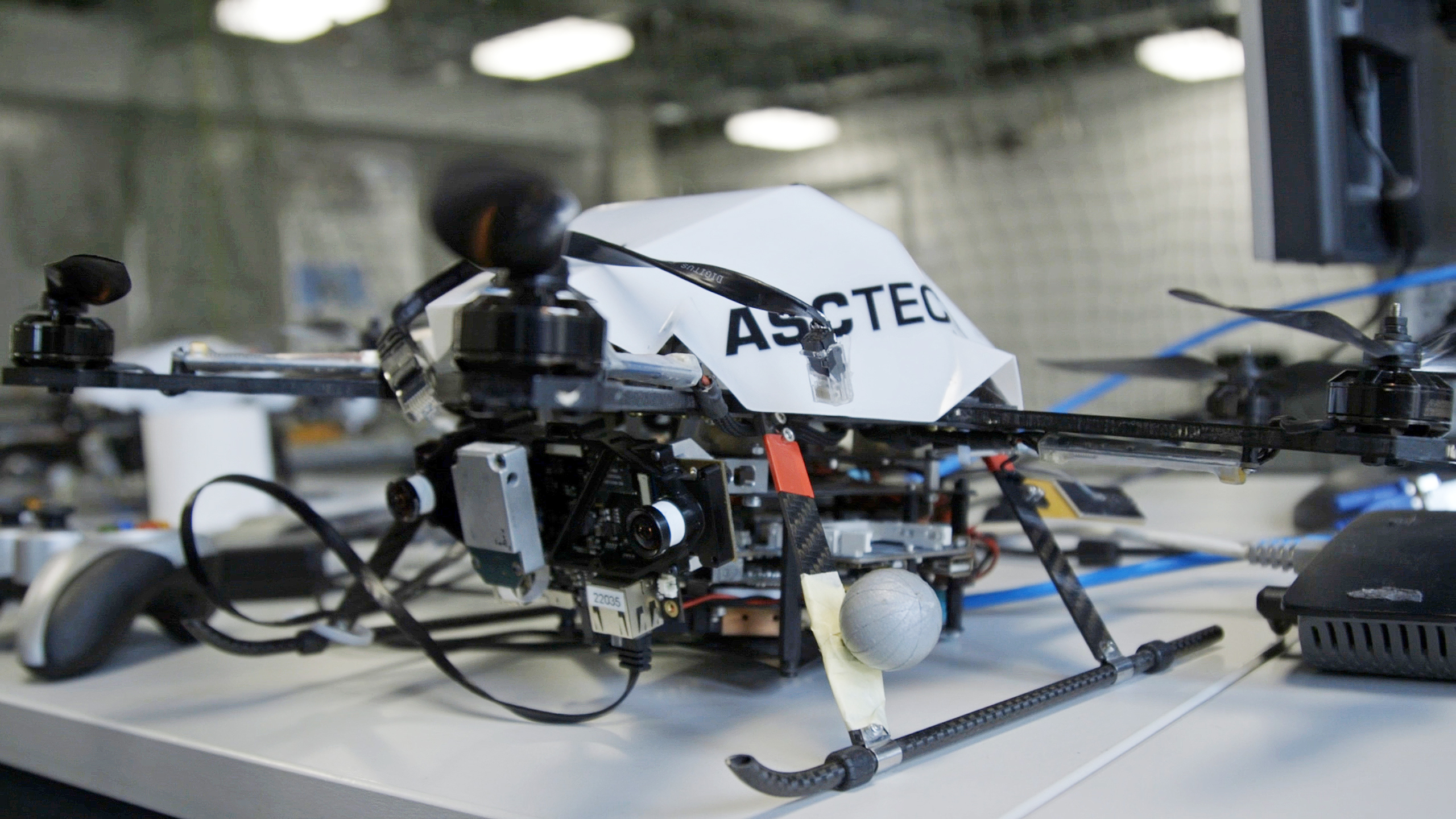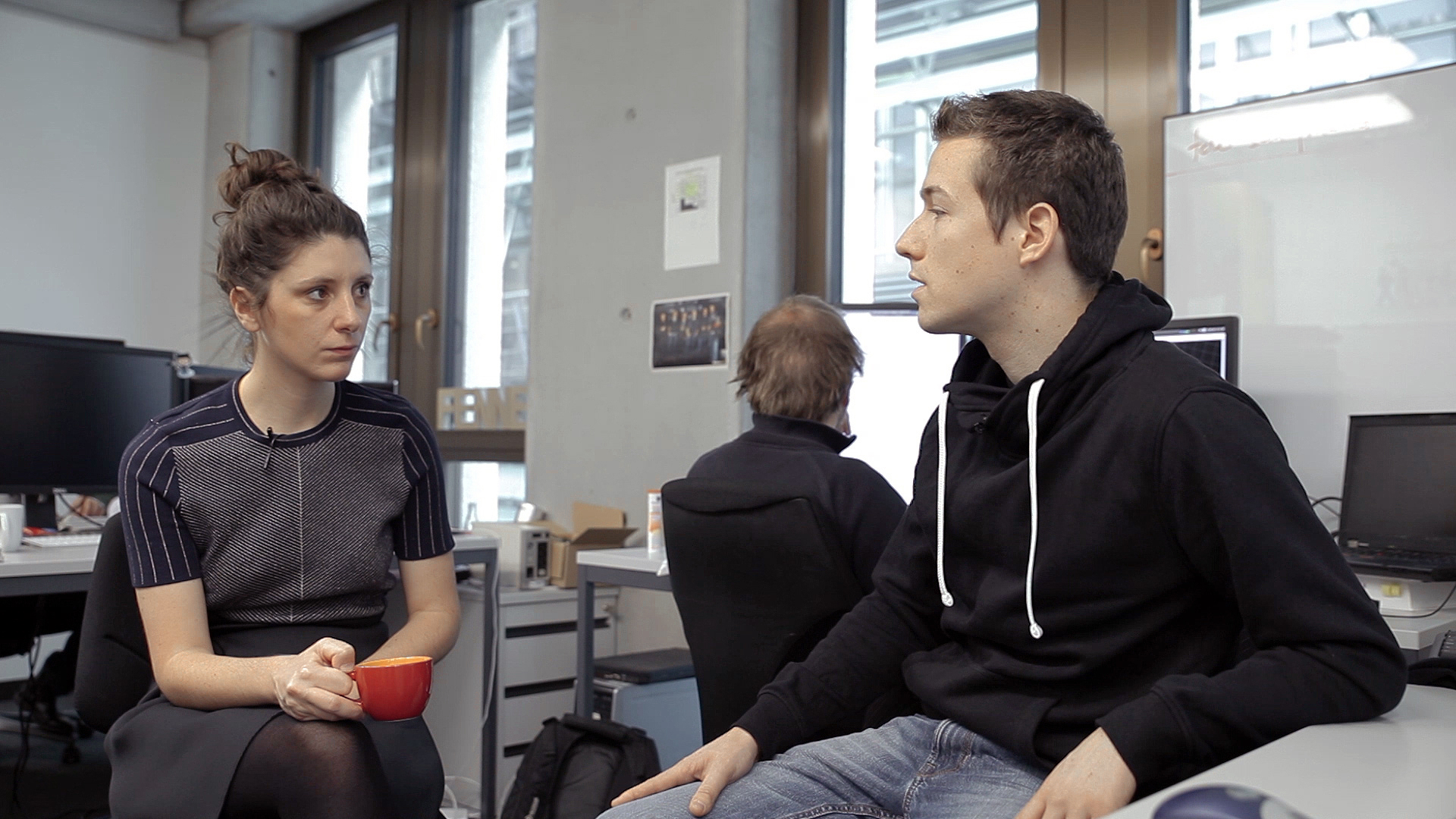For Zurich’s Manifesta 11, French artist Marguerite Humeau has worked closely with a robotics engineer to create a ‘ballet’ between two cynodonts
. The piece focusses on the roots of love, the nature of attraction and the possibility of engineering consciousness.
Can you tell me a little about your project for Manifesta 11?
Who were the first creatures to ever biologically experience the feeling of love? Love requires warm blood. Warm blood causes warm feelings and warm blood is a new invention of evolution which is only about 150 million years old. There might be a missing link after cold-blooded dinosaurs and before mammals, cynodonts that laid eggs but had warm blood. For a year I have been on a quest to artificially reenact the first love encounter between two male and female members, of this first speculated prehistoric species to ever experienced the feeling of love. This is problematic from a scientific point of view: scientists fail at dating the appearance of love. Moreover, whether animals can experience romantic love is still unknown.
For months I have been discussing this with various experts including palaeontologists, zoologists, biologists and psychologists. I had to understand the various biological mechanisms of love, to speculate on which species could have been the first ones to ever experience this state of being, and to speculate whether it would be possible to biologically reengineer two creatures to fall in love with each other.
The project is a tale about the biological origin of love. It happens simultaneously in prehistoric times, 150 million years ago, and in a possible future in which humans have been reduced to a liquid state, a body without a soul, and unable to experience any type of conscious emotion.
The performance is set in an abandoned engine room at ETH called ML-FHK D49.7. The walls and floor are covered with a monumental fresco, made of pigments concocted from the chemical components of a human body (including oxygen, carbon, hydrogen, nitrogen, calcium, phosphore, potassium, sulphur etc). Humanity is reduced to a liquid state–a body without a soul, from which any type of emotion has been biologically eradicated. Two revived male and female cynodonts are slowly set in movement. They have been given vocal tracts to emit mating chants, and a synthetic hormone releasing system that frenetically reenacts the three stages of love. Each of the three stages of love (lust, attraction, long-term attachment) is driven by different hormones and chemicals as well as mating calls. Meanwhile, a sea of artificial low fog invades the space–making it very difficult for the beasts to actually encounter each other. The fog is produced with biotechnological anti-love drugs, normally administrated in extreme cases of domestic abuse or pedophilia. Falling in love was shaped by natural selection to make us passionate and accelerate our enthusiasm for the evolutionary mission, says Ada Lampert in The Evolution of Love. While the two cynodonts are on an ultimate fight for existence, the vaporous anti-love potion systematically infects, poisons, and eradicates any trace of their expelled love hormones. Will the two individuals eventually ever meet each other? Will they find each other in space or will they have to remain alone, roaming forever as solitary beings?
You’ve chosen to work with a robotics engineer. Was this an instant decision when you were presented with the list of options?
It was my top 1. I was working on a large-scale project dealing with engineering consciousness. When I first met Mathias Bürki, who is an engineer at the Autonomous Systems Lab at ETH Zürich, I thought that is exactly what he is doing. He designs decision making processes for autonomous cars.
Do you feel excited, worried, or a little of both about technological developments that border on autonomy for AI?
For now I am only trying to understand what they mean, by juxtaposing contradictory feelings towards the technology and its potential developments. In my work, I like to create an exhilarating experience (for example, Cleopatra’s voice) and then a horrific twist (when one realizes that she is only a disembodied voice–a voice with no body). I have been trying to develop the concept of ‘luminous horror’ in my latest work. A threat or menace that first appears shiny and attractive but that is actually horrific. Because the voice does not have a body, maybe it is a wandering soul; or perhaps the carpet that looks comfortable and luminous in my Palais de Tokyo show is actually a disintegrated human body.
There are elements of incredibly modern developments in your work, but also of the roots and history of humankind. How do these two relate for you?
I am trying to bridge long distances between spaces and times, and explore the idea of de-extinction and reverse engineering. Is it possible to restore with technological means something that has been damaged by technological developments? Is is possible to reengineer everything? Can emotions be reproduced mechanistically? Can they be reduced to a pure biological state? At the moment I am obsessed with the possibility of reenacting origins, and especially the origin of life as the ultimate performance or reenactment. Also, is it possible to find patterns in the history of mankind? For example, the obsession for eternal life has always been present, in every culture around the world throughout history. What does it mean about new developments in bioengineering in our contemporary era?
What is love to you? Are you exploring an area that you feel you will never have a fixed idea of, or do you feel you are getting closer to a fixed truth throughout your work?
With this project I was, I think, more interested in further exploring my questionings on the idea of being, being present, existing. This time, the two creatures use a signal to communicate with each other and interact. They are fully autonomous beings, and they react to each other’s movements, reactions etc. But they only exist for each other, in a closed circuit. So if the signal drops they do not exist anymore. I was thinking of the film HER, when the main character calls his lover (an AI) but he cannot talk to her. I was thinking about the vertigo that was triggered by this situation. So does one exist only in connection with another? Or is it possible to exist as a single isolated being?
And finally, can you tell me what you’re hoping to explore next in your work?
I never really know what will be next. In my Palais de Tokyo show, opening next week, I have been pushing and exploring further notions that were already present in my work (what does it mean to be, to exist, the idea of presences and ghosts). I have been developing more sculptures and sound works. I feel it is time now for new developments, but I don’t know which ones yet. I want to further develop my investigations on the supernatural event and on normal ghosts. This summer I will read a lot, catch up with all the books I did not have time to read recently and this is usually how new ideas / associations can see the daylight.
Marguerite Humeau is showing at ‘Manifesta 11‘ until 18 September









